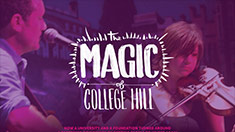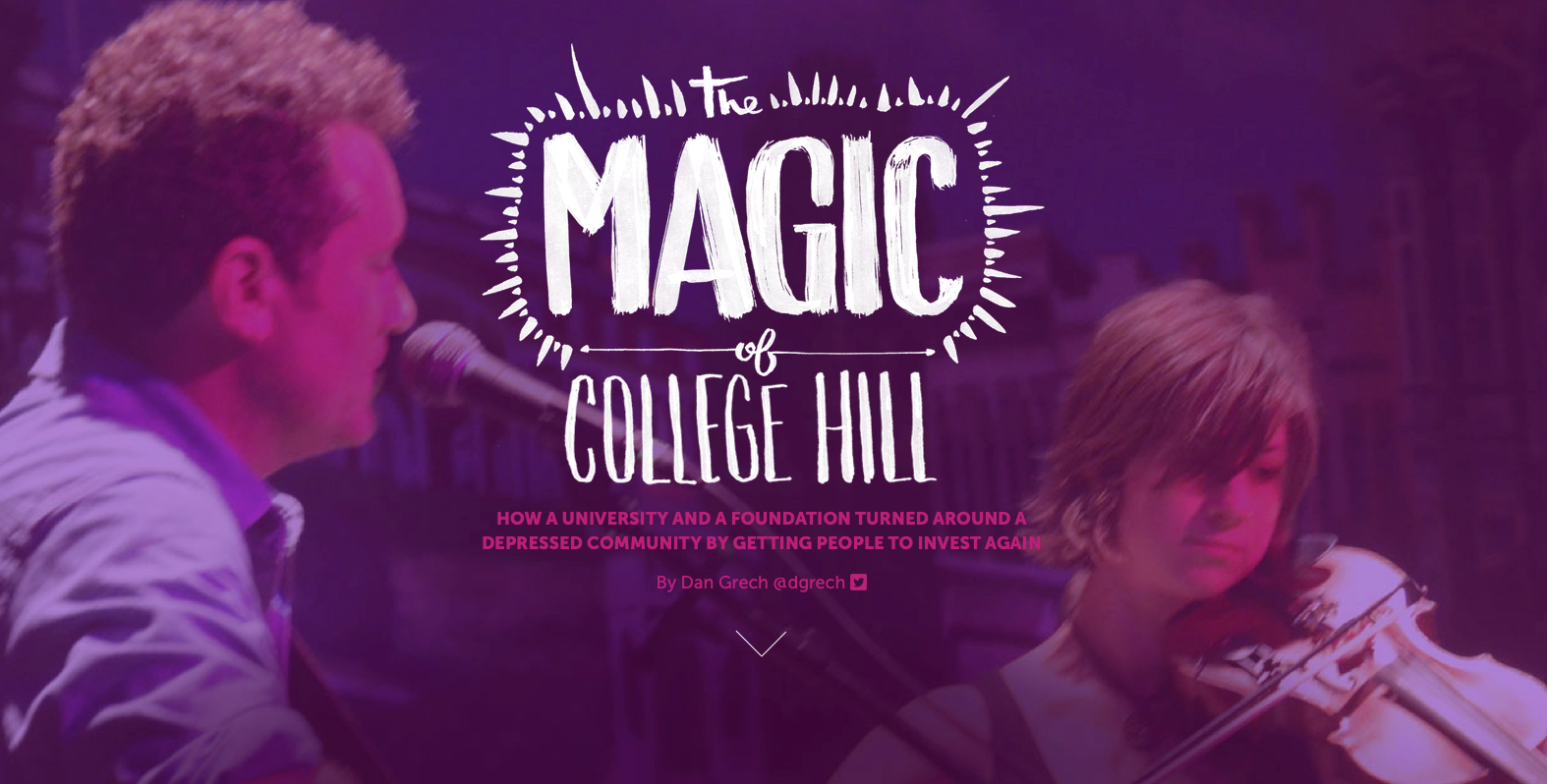The city of Macon is a cradle of culture and commerce in Central Georgia. Founded in 1823 as a “City Within a Park,” this former textile city boasts a rich musical history, high-quality colleges and universities, wide boulevards, lush city parks and affordable, antebellum homes. Talented musicians such as Otis Redding, Little Richard and the Allman Brothers Band came up in Macon.
But larger economic forces and poor planning have battered this city of 91,000. After World World II, Macon emptied as people moved to the suburbs. Interstate 75 was built through African- American neighborhoods in the heart of town. Jobs went to Atlanta and other big cities, or overseas, and with the jobs went Macon’s most talented sons and daughters. Today, Macon ranks as one of the most dangerous cities of its size in the nation. In 2012, Macon’s median household income was $23,127, less than half of the median income in Georgia and nationwide.
Over the past seven years, Mercer University, the John S. and James L. Knight Foundation and the city of Macon have partnered in a demonstration project to turn around a 2-square-mile section of town known as College Hill.
College Hill, a collection of historic neighborhoods that flow between Mercer University and downtown, declined with the rest of Macon. The Pleasant Hill section of the neighborhood was taken over by weed-filled vacant lots. The Beall’s Hill section turned into a den for drug dealing. The university erected a fence around the perimeter of campus and warned students not to cross any bridges or railroad tracks.

